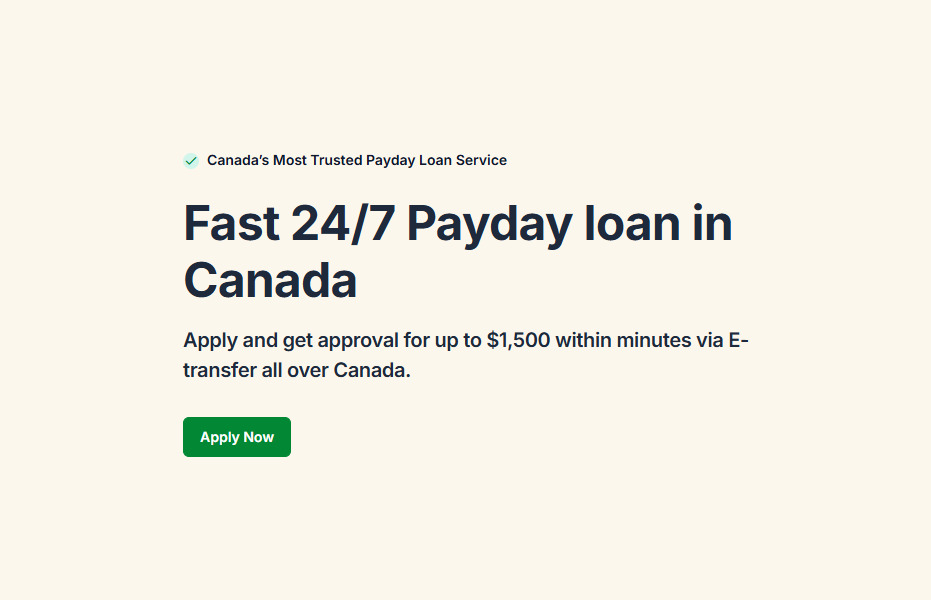
RRSP vs TFSA: Which One First?
February 25, 2025 by Finquest FinancialFor Canadians looking to save, two of the most common tools are the Registered Retirement Savings Plan (RRSP) and the Tax‑Free Savings Account (TFSA). Both offer tax advantages, but deciding which one to prioritize depends on your income, goals, and stage of life.
How an RRSP Works
Contributions to an RRSP are tax‑deductible, lowering your taxable income for the year. Investments grow tax‑free until you withdraw, ideally in retirement when your income may be lower. RRSPs are especially beneficial for Canadians in higher tax brackets.
How a TFSA Works
Contributions to a TFSA are made with after‑tax dollars, but all withdrawals — including investment gains — are completely tax‑free. This makes TFSAs ideal for flexible savings goals like home purchases, emergency funds, or long‑term investing.
Which Should You Choose First?
If you earn a high income: RRSP contributions may give you a significant tax refund, which you can reinvest.
If your income is modest: A TFSA may be better since you won’t see as much tax benefit from RRSP contributions.
If you need flexibility: TFSAs allow withdrawals anytime without penalties, unlike RRSPs which are locked until retirement unless special programs apply (like the Home Buyers’ Plan).
Combining Both
Many Canadians benefit from using both. For example, contribute to an RRSP for tax savings, then use your refund to fund a TFSA. This way, you build long‑term retirement savings while keeping flexible funds available.
Short‑Term vs Long‑Term Goals
If an urgent expense comes up before you’ve built your savings, you may need short‑term help. Finquest Financial offers payday loans up to $1,500 with quick approval, so you can stay on track without sacrificing your savings progress.
Apply NowContinue Reading
🔗 Previous Post: Avoid Payday Loan Scams Online | Safe Borrowing in Canada
🔗 Next Post: Last-Minute RRSP Contributions: What to Know | Save on Taxes